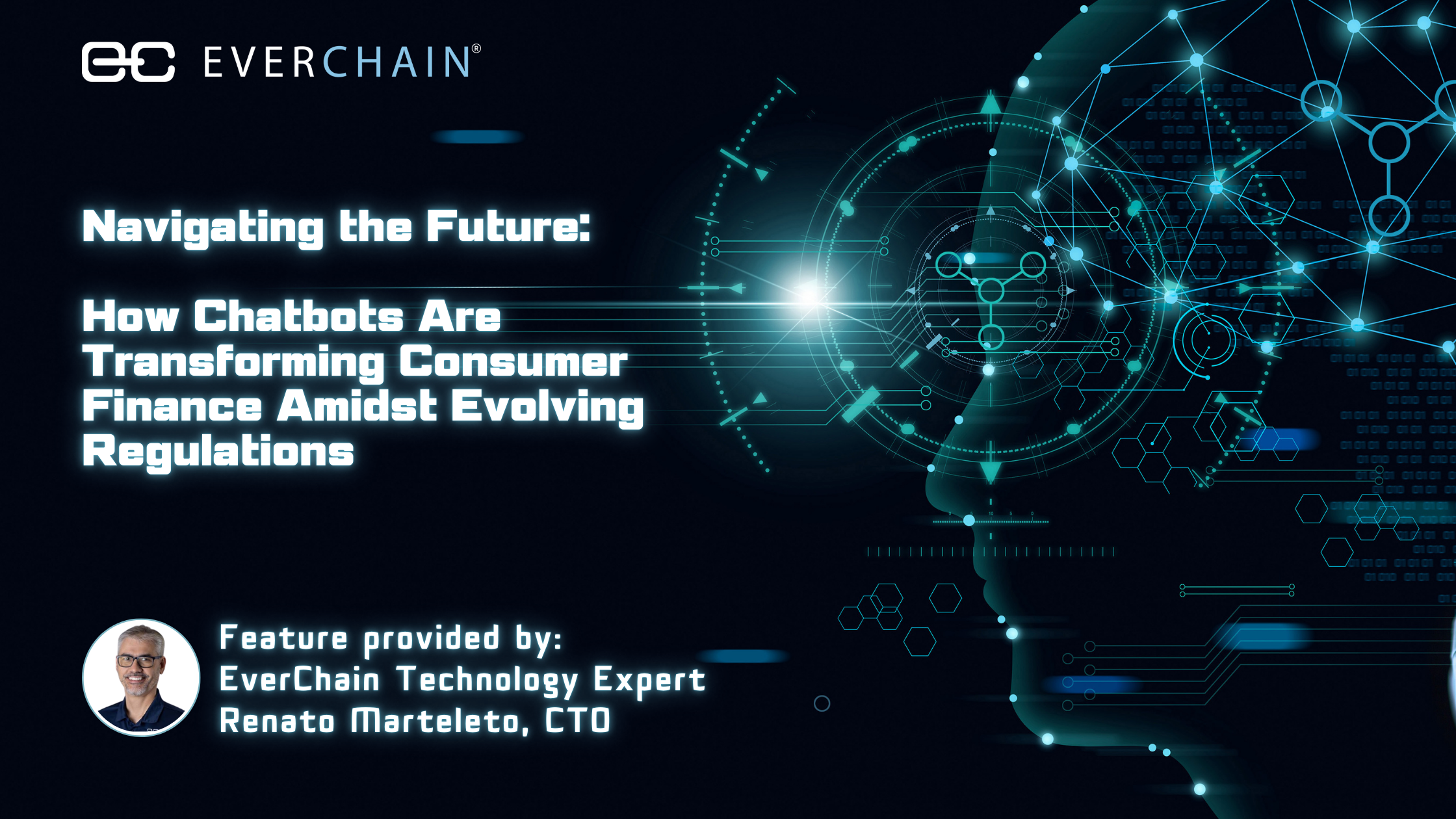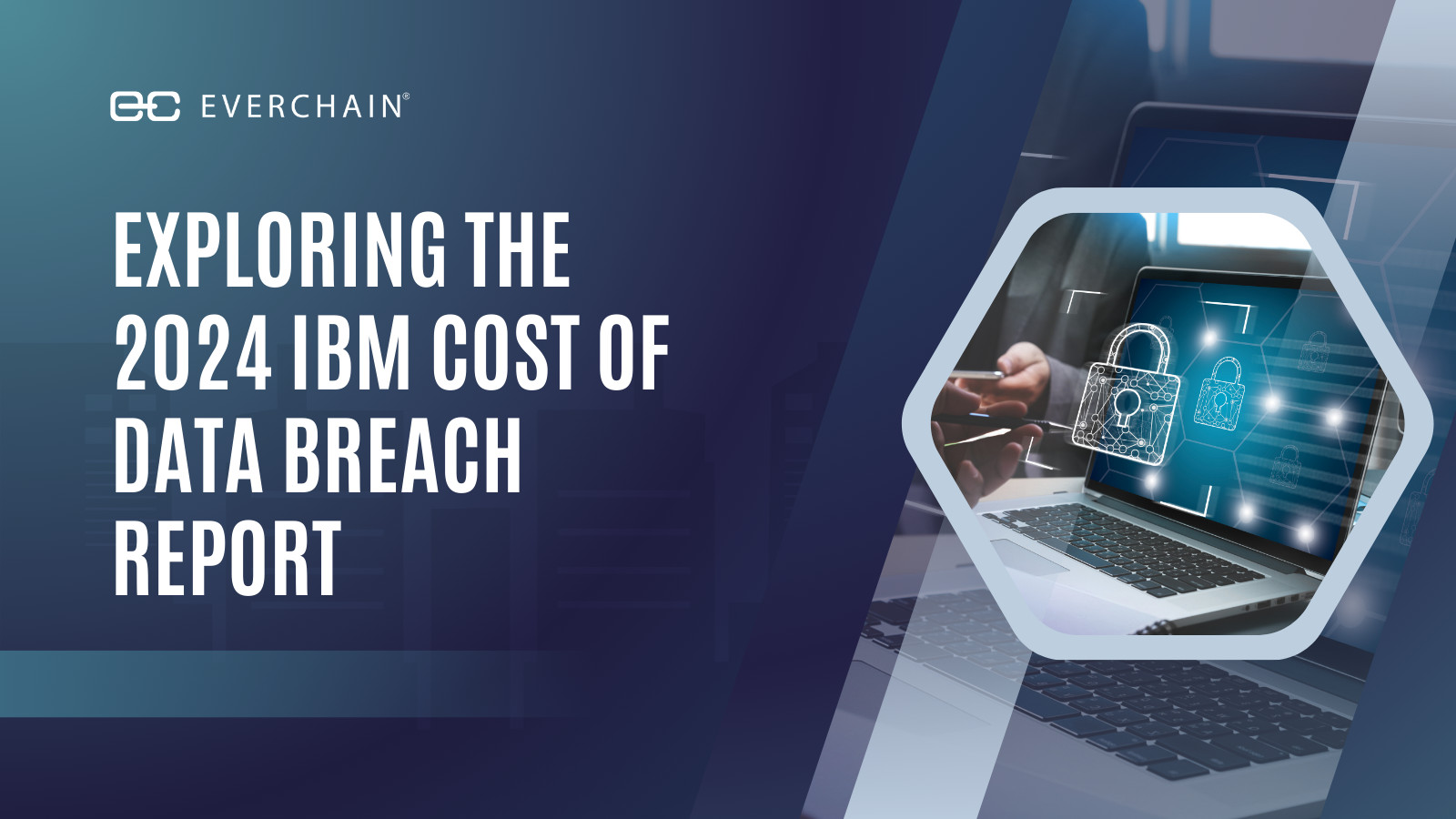The Evolving Role of Chatbots in Consumer Finance
Many industries have undergone a significant transformation in the last few years since AI-driven chatbots became mainstream. These chatbots have revolutionized the way customers engage with businesses, from answering basic inquiries to offering personalized advice. The consumer finance industry is no exception, where customers request assistance from financial institutions about products and services and expect to receive correct, easy to understand and timely answers. The regulatory landscape regarding the use of chatbots has also rapidly evolved. This blog article explores the evolution of the use of chatbots in consumer finance and some regulatory developments and their implications.
The Rise of AI in Consumer Finance
Chatbots have been around for many decades. Early versions of chatbots relied on pattern matching to mimic human conversation, progressing from simple markup language-defined rule-based systems to more advanced natural language processing (NLP) technologies, such as Generative Pre-trained Transformer (GPT) models, which are a type of large language model (LLM)[i].
The adoption of AI in consumer finance is now widespread. Chatbots are becoming more sophisticated and are used to provide seamless customer experiences. These virtual assistants are available 24/7, offering convenience, speed, and personalized service that traditional human agents’ based businesses might struggle to match. As digital banking and fintech solutions continue to grow, the reliance on chatbots is only expected to increase.
However, the benefits of AI come with new challenges, particularly in the areas of data privacy, accountability, and consumer protection. Regulatory bodies around the world have recognized these challenges, leading to a wave of new laws and guidelines aimed at ensuring that AI is used responsibly in the financial sector.
Data Privacy and Security Regulations
One of the most significant regulatory changes since 2023 has been the tightening of data privacy and security requirements. Many states have followed in the footsteps of California and introduced privacy legislation. Nearly a third of the U.S. states have now passed data privacy legislation[ii]. In the wake of high-profile data breaches and increasing concerns about the misuse of personal information, regulators have introduced stricter rules around data handling.
Financial institutions are required to ensure that their chatbots comply with rigorous federal consumer financial laws, maintain customer trust, and avoid causing customer harm[iii] [iv]. This includes implementing robust encryption protocols, secure authentication methods, and stringent data storage, transmission and use practices. Beyond the technical requirements, there are also non-technical and behavioral regulations to ensure that consumer time is not wasted and that corporations are not applying deceptive ways to profit from customers[v]. Additionally, chatbots must adhere to updated consent management frameworks, ensuring that consumers have clear control over how their data is used.
AI Accountability and Transparency
Another critical area of regulatory focus is AI accountability and transparency. New laws require that chatbots clearly disclose their nature as AI-driven agents to users[vi]. This is particularly important in scenarios where chatbots are involved in critical financial decisions, such as loan approvals or investment advice. Many legal and business risks can arise as new use cases are implemented, such as deceptive trade practices, discrimination, disinformation and ethical risks [vii].
Some legislations have been introduced to demand greater transparency in the decision-making processes of AI systems [viii]. Financial institutions must be able to explain how their chatbots arrive at specific conclusions or recommendations, a concept known as Explainable AI (XAI). This transparency is essential for building consumer trust and ensuring that AI-driven decisions are fair and non-discriminatory.
Compliance Strategies for Financial Institutions
As the regulatory environment becomes more complex, financial institutions must adopt comprehensive compliance strategies to manage their AI-driven services effectively. Here are some key strategies to consider[ix]:
- Establish controls for informing users when they are interacting with AI chatbots and disclose any sponsored content. This includes regular audits, continuous monitoring, timely updates to AI models, and comprehensive staff training.
- Evaluate training data to confirm its accuracy and truthfulness, and conduct regular reviews of user feedback.
- Avoid unauthorized data collection through chatbots to safeguard user privacy. Effective data governance is crucial in managing the vast amounts of data processed by chatbots and in prioritizing data privacy and security, focusing on proper data handling, storage, and consent management practices.
The Role of Explainable AI (XAI) in Finance
Explainable AI (XAI) has emerged as a crucial player in the finance sector, especially considering new regulatory requirements [x]. XAI enables financial institutions to provide clear, understandable explanations for the decisions made by AI-driven systems. It sheds light on the AI algorithms and their training data set, ensuring that the decision-making process is more transparent and understandable to the stakeholders, focusing on maintaining consumer trust, managing risk and meeting regulatory demands.
Overall, XAI can help demystify complex financial decisions made by chatbots. It allows financial institutions to provide clear explanations to customers about AI-driven decisions, whether it’s explaining the factors that led to a loan approval or clarifying investment recommendations. XAI ensures that consumers are fully informed and helps financial professionals make decisions with confidence.
Challenges and Future Directions: Balancing Innovation with Compliance
One of the primary challenges facing financial institutions is balancing the rapid pace of AI innovation with the need to comply with stringent regulations. While AI offers tremendous opportunities for improving customer service and operational efficiency, institutions must ensure that their innovations meet or exceed regulatory requirements, such as GDPR and CCPA, and constantly conduct privacy impact assessments on new and existing chatbot features.
Adapting to Rapid Regulatory Changes
The regulatory landscape for AI in finance is constantly evolving, and financial institutions must be agile in adapting to these changes [xi]. Staying ahead of compliance requirements is essential to avoid penalties and maintain consumer trust. Institutions that can quickly adapt to new regulations will be better positioned to leverage AI’s full potential. There are several steps businesses can take to assist in this journey, such as conducting scenario planning in anticipation of potential regulatory changes, maintaining a flexible IT infrastructure that can accommodate compliance requirements and scalability demands, and building relationships to gain insights into regulatory expectations[xii].
Conclusion
The use of chatbots in the consumer finance sector presents both significant opportunities and challenges. As regulations continue to refine the rules governing AI, financial institutions must remain vigilant in ensuring compliance. Businesses can build consumer trust and ensure long-term success in this rapidly evolving landscape by prioritizing data privacy, transparency, and ethical AI development.
[i] https://onlim.com/en/the-history-of-chatbots/
[ii] https://usercentrics.com/knowledge-hub/review-of-2023-in-data-privacy-around-the-world/
[iii] https://www.consumerfinance.gov/data-research/research-reports/chatbots-in-consumer-finance/chatbots-in-consumer-finance/
[iv] https://bankingjournal.aba.com/2023/06/cfpb-warns-ai-chatbots-in-banking-must-comply-with-law/
[v] https://gazette.com/news/wex/time-is-money-white-house-targets-chatbots-hold-times-and-other-corporate-hassles/article_3a4eb330-e188-5c62-90d2-df57b689cd55.html
[vi] https://www.bloomberglaw.com/external/document/XDEBUU4K000000/data-collection-management-professional-perspective-how-companie
[vii] https://www.techpolicy.press/ten-legal-and-business-risks-of-chatbots-and-generative-ai/
[viii] https://www.cooley.com/-/media/cooley/pdf/2024-07-31-new-state-federal-and-international-laws-byline.pdf
[ix] https://todaysgeneralcounsel.com/ftc-guidance-on-ai-chatbot-use-key-pitfalls-and-compliance-strategies/
[x] https://www.internationalhu.com/research/projects/explainable-ai-in-the-financial-sector
[xi] https://hbr.org/sponsored/2022/06/keeping-your-business-safe-in-an-increasingly-fluid-regulatory-environment
[xii] https://www.forbes.com/councils/forbestechcouncil/2024/02/09/staying-ahead-regulatory-compliance-and-solutions-for-business-longevity/



